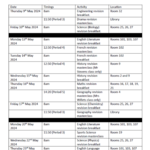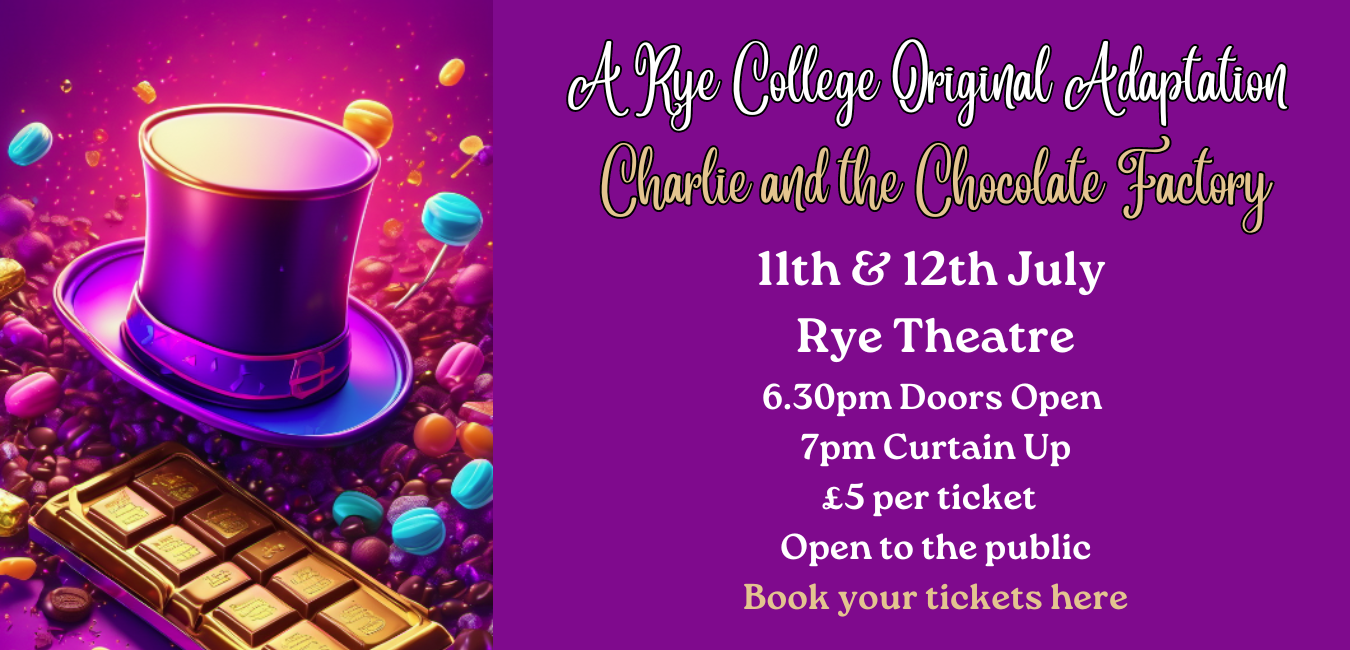Rye College is proud to work with two external careers companies to deliver impartial advice and guidance to our students from year 8 to year 11.
My Future Starts Here
MFSH is one of our partners delivering impartial CEIAG. They come in to deliver bespoke workshops, as well as providing advice and guidance at parents evenings and information evenings.
Make The Future Yours! is a free careers magazine for young people - full of useful information, interviews and advice to help you make the right career choices. Click here for the latest edition.
CXK
CXK are another partner who we have used to provide one-to-one careers interviews with all Year 11 students. Students who have not yet secured a college or apprenticeship placement are then referred to the Youth Employability Service for on-going support until they are 19.
CXK Home - Career Advice, Training & Development
Careers Information and Advice for Young People
Contact advisors from CX Direct via:
Get the Jump
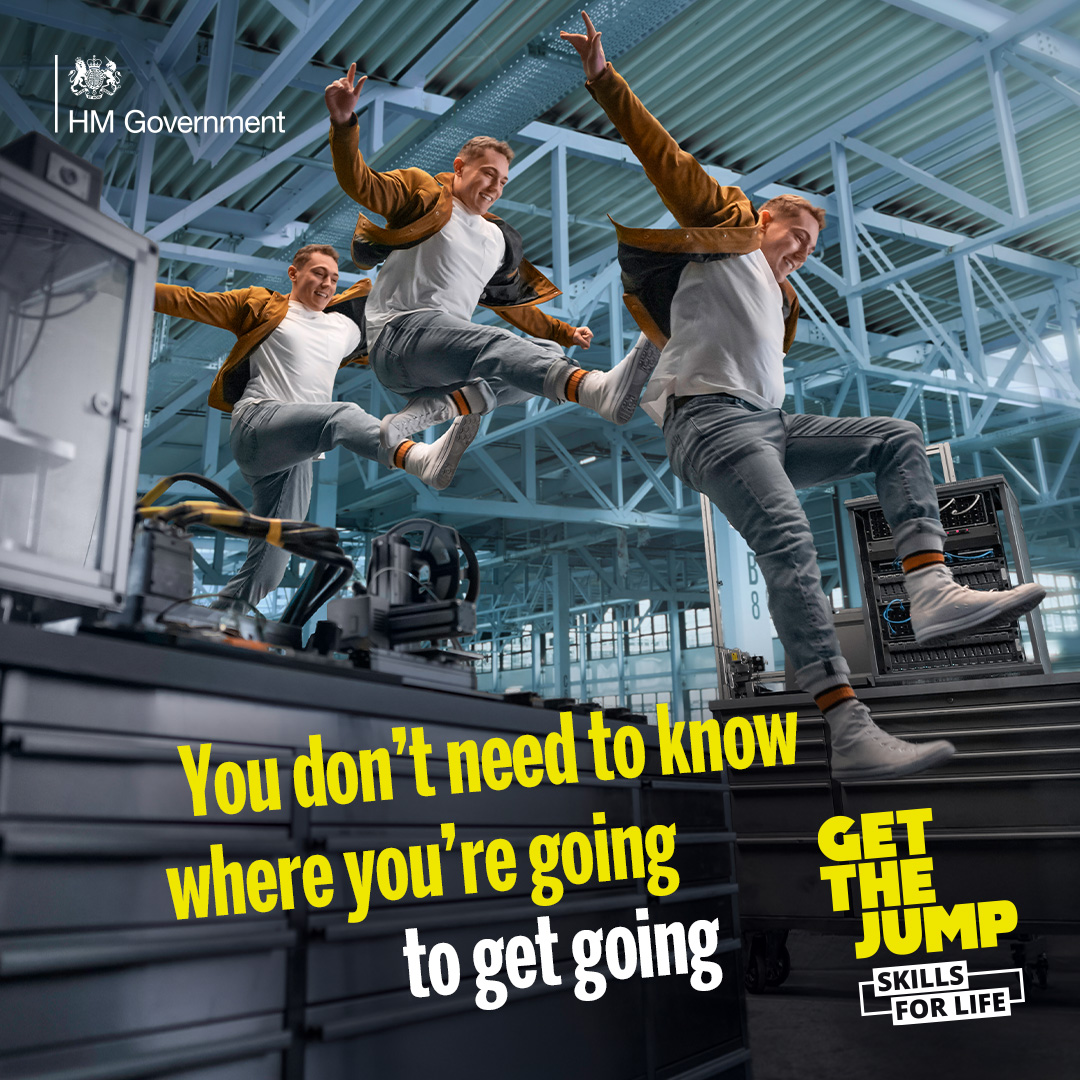
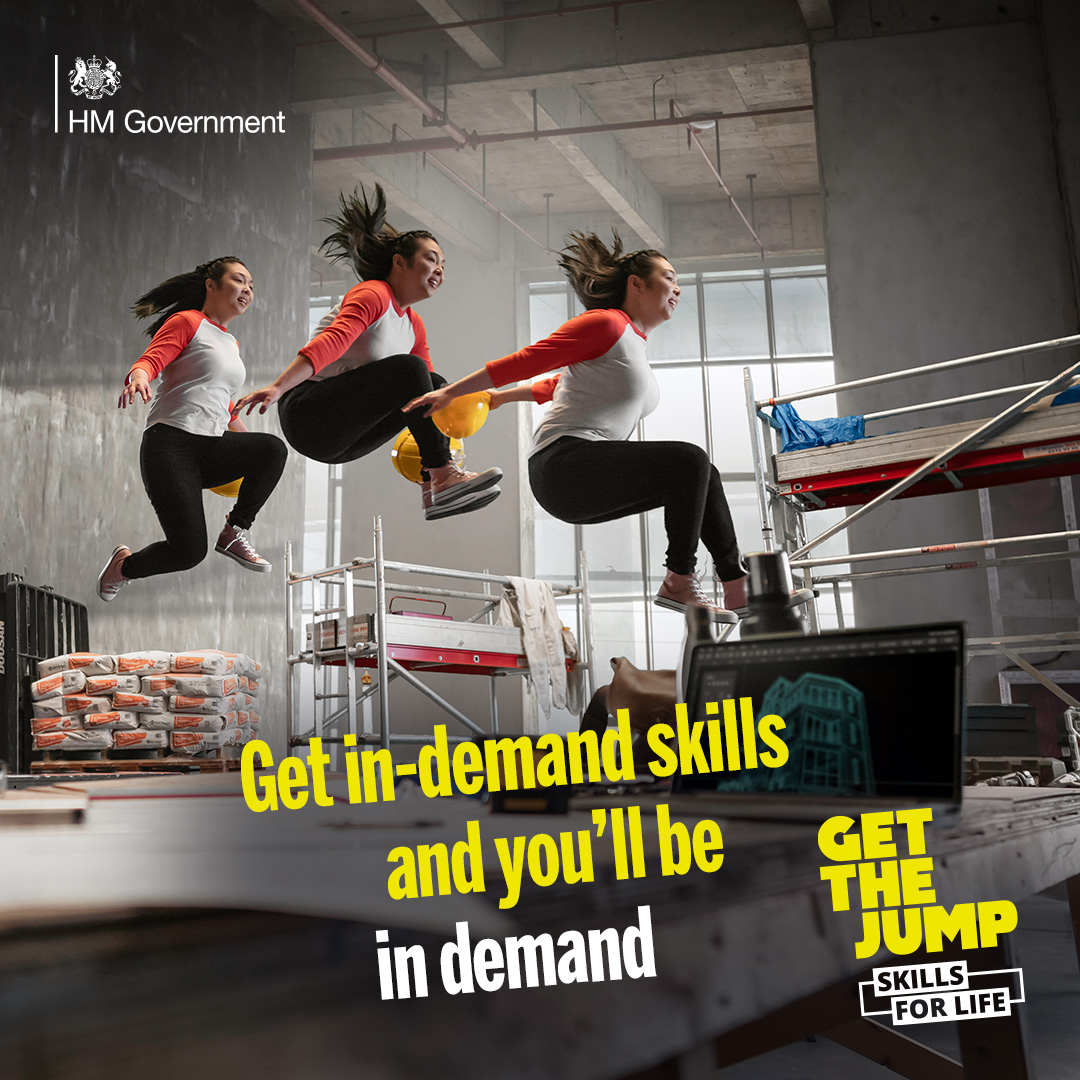
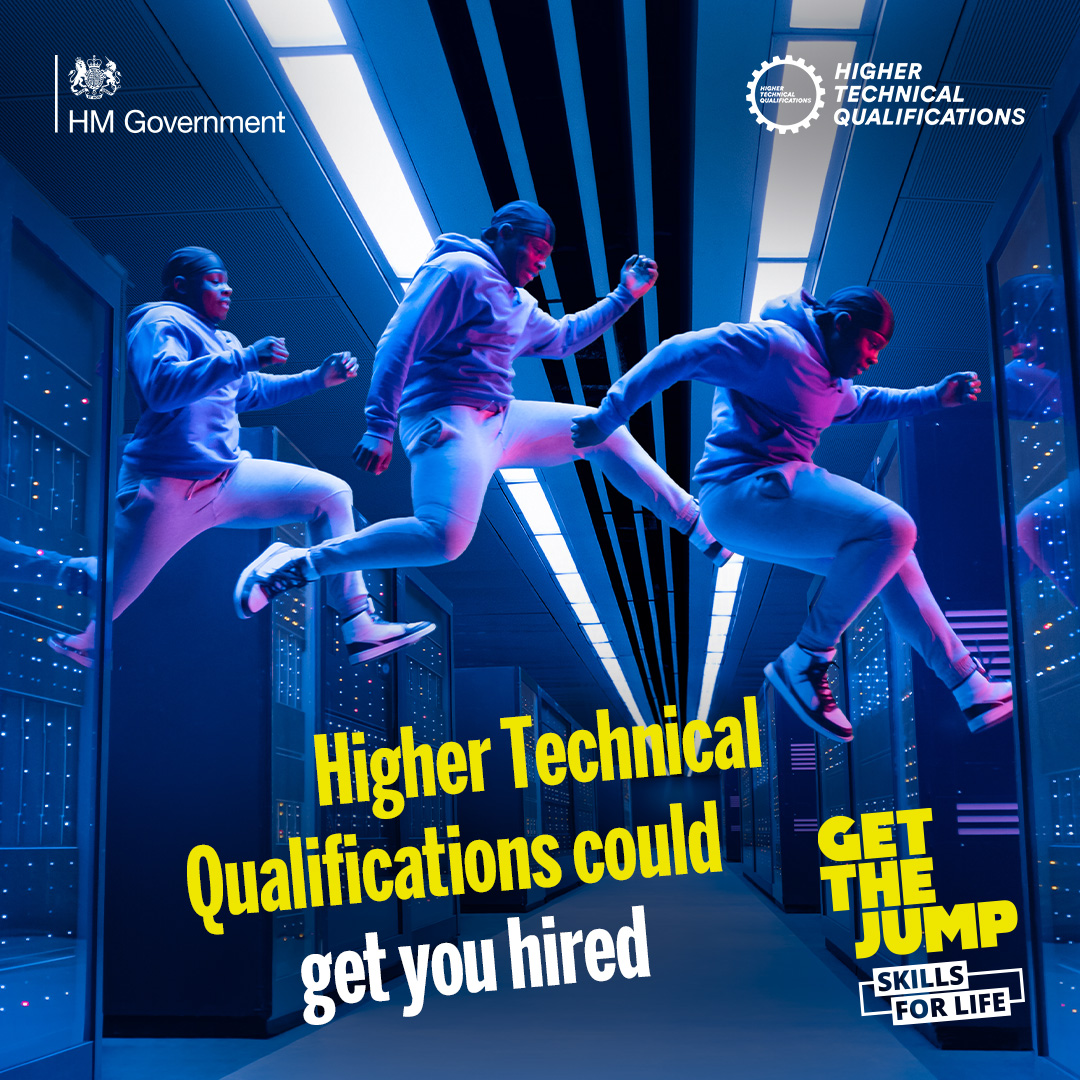
Taking your next step in life can be daunting. If you’re aged 14-19, the new ‘Get the Jump’ - Skills for Life pages on the National Careers Service website can help take the stress out of making your next move.
It breaks down the training and education choices that are out there for you, all in one place.
Learn more about T Levels, which mix classroom and on-the-job training so you can get a feel of a workplace. Or an Apprenticeship, so you can earn and learn at the same time. Or there are Higher Technical Qualifications which are teaching all the new skills that employers are looking for.
The National Careers Service website even includes job profiles to help you discover what different jobs involve. Get the Jump on your choices and you’ll be clued up on everything you need to know to take your next step.
CV writing
Whether you’re thinking of applying for work experience, an entry-level job or a school leaver training programme, chances are you’ll need to put together a CV. This is a standard part of the application process and helps to give employers a clear idea of whether your written communication skills are up to scratch. Your CV needs to be easy to read and understand; it should cover all the necessary information and shouldn’t include any howlers, such as spelling mistakes, that will put the recruiter off.
There is no one right way to put together a CV. There are some standard headings that you will find useful and there are some common errors you need to avoid. However, you can adapt the format to suit you and reflect your strengths. A CV is a personal document and everybody’s CV is different.
You should also update your CV for each job application and adapt it to show you have the qualities and qualifications the employer is looking for.
What should you include?
Our example CV will give you ideas and help you get started. It has notes on the level of detail you need to include, how your CV might evolve over time, and some optional extras.
This is the basic information you need to cover:
-
Personal details and contact information – this is essential.
-
Education – again, essential. Our CV uses ‘Education and qualifications’ as a heading. If you have done a relevant training course you could highlight this by using ‘Training’ as a separate heading.
-
Employment history and work experience – another must-have. You could present this as two separate sections.
-
Voluntary work. You could give this its own separate heading, create a ‘Work experience and voluntary work’ section, or give details of your voluntary work in your 'Interests' section.
-
Skills. When you are describing your work experience and voluntary activities, look for ways to highlight skills such as communication and teamworking. If you have specific relevant skills you can draw attention to them by putting them in a section of their own.
-
Strengths and achievements. You could give these a section of their own, or cover them in the other sections.
And a few don’ts…
-
Most importantly of all, don’t lie. If you’re found out you could lose your job and, even worse, in some cases you might be liable for criminal prosecution.
-
Don’t waffle. Your CV should be no longer than two pages and at this stage it’s more likely to be one page, as in our example. You can use bullet points and you don’t have to use full sentences.
-
Don’t be too fancy or too informal. Describe what you can do in a direct, confident way. Use a professional-looking font such as Times New Roman, Arial, Verdana and Cambria.
-
Check your spelling and grammar and get somebody you trust to read your CV and check it again. Employers spend 30 seconds on average scanning a CV, so make sure you don’t give them any reasons to reject you.
Read though our example CV and then change it into your own.
Employability and Finding Jobs
Labour Market Information
All students and parents should have access to high-quality information about future study options and labour market opportunities.
By the age of 14, all students at Rye College will have accessed and used information about career paths and the labour market to help inform their own decisions on study options and KS4 study choices.
We encourage families to access and use Labour Market information (LMI) to support their children in making choices about their futures.
Please find some useful links below to support information:
- A helpful overview of what Labour Market Information is and why it is important.
- Careers East Sussex – a local page to help navigate LMI available in the East Sussex Area with lots of useful videos and resources.
- An Economic Overview of East Sussex by EMSI– the report shows the key demographics, industry characteristics and growth areas, trends, jobs and skills in demand and wage breakdowns.
.jpg)
_(1)_(1).jpg)


